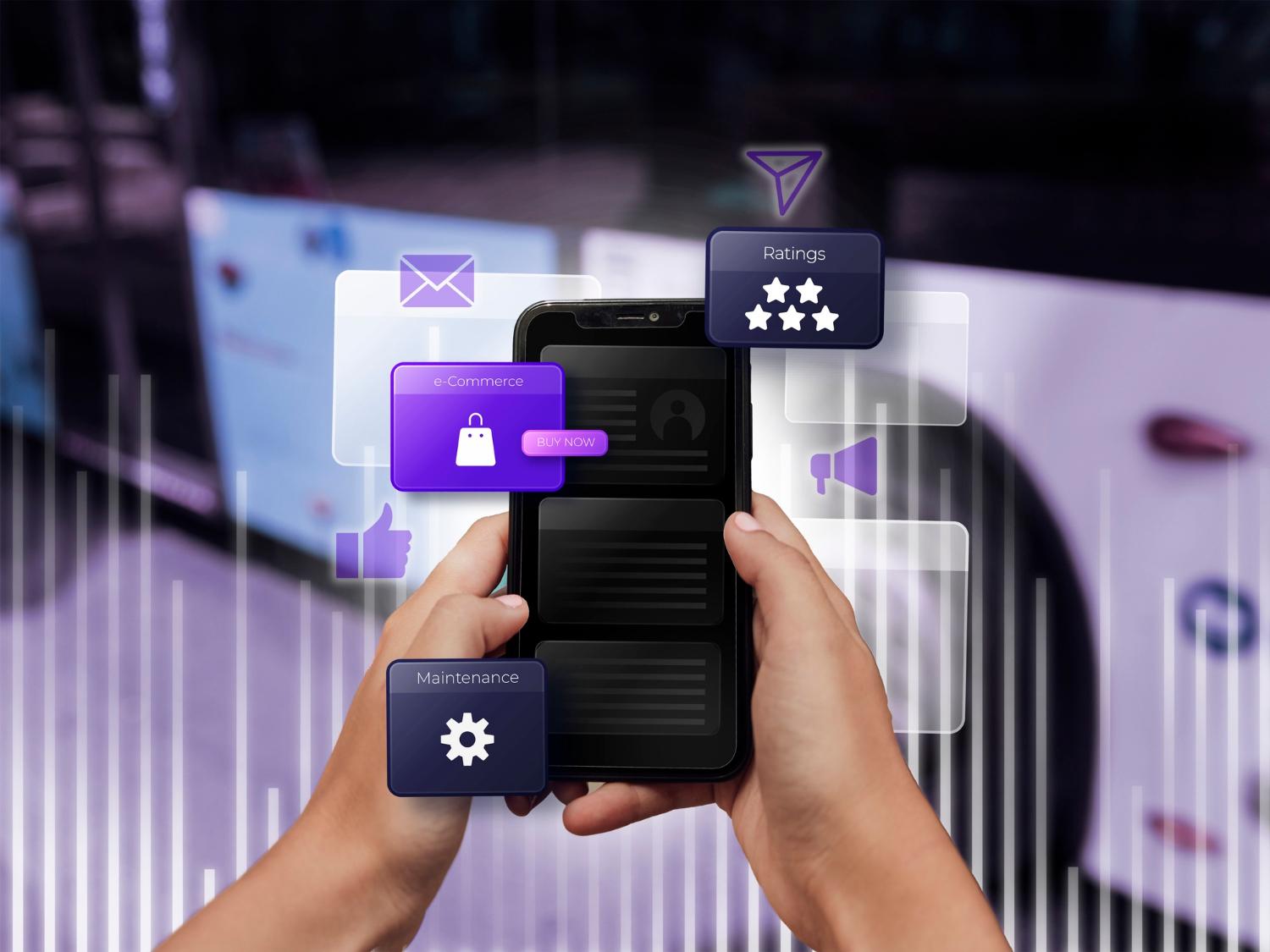Introduction
User engagement is critical for the success of any mobile app. With over 5 million apps in the major app stores, standing out from the crowd and keeping users engaged with your app is a constant challenge. Research has shown that on average, users abandon an app after just one use. Clearly, engaging users and keeping them coming back is no easy feat.
In this blog post, we’ll provide tips and strategies for mobile app developers to maximize user engagement. We’ll cover techniques related to onboarding, push notifications, social sharing, gamification, personalization and more. By implementing some of these tactics, you can create sticky apps that users just can’t put down. Let’s dive in!
Onboarding
A user's first experience with your app plays a huge role in whether they will continue using it. A confusing or frustrating onboarding flow will cause many users to churn before seeing the value in your app. That's why a thoughtful onboarding process is critical.
Some best practices for onboarding include:
- Make it quick and simple. Get users into the core functions of the app within 60 seconds.
- Provide a walkthrough or tutorial of the app's main features.
- Celebrate first actions and achievements to build habit formation.
- Use prompts and cues to guide users to important pages and features.
- Allow users to personalize and customize parts of their experience for greater relevance.
A smooth onboarding process makes the app experience seamless for new users and maximizes retention.
Push Notifications
Push notifications allow you to re-engage users and bring them back to your app. When used correctly, push notifications can be highly effective for boosting engagement. Here are some tips:
- Segment your user base and tailor notifications to their interests and behaviors in the app. Personalized notifications see open rates up to 800% higher than generic blasts.
- Keep language crisp and direct. Get right to the point of what you want the user to do.
- Limit the number of notifications to avoid overwhelming users. Studies show engagement dropping after more than 3 notifications per week.
- Offer users controls over notification frequency and content. Allow them to opt out of certain notification types.
- Send notifications at optimal times when users are most likely to respond. Late afternoons and evenings tend to see higher interaction rates.
- Use action buttons in notifications to drive specific behaviors. For example, "View Offers" or "Play Again."
When crafted and timed properly, push notifications help keep your app top of mind for users amidst all the noise.
Social Sharing
Integrating social sharing capabilities into your app keeps it top of mind for users. When they share app activities and achievements on social networks, it functions as free viral marketing. Here are some ways to build social sharing into your app experience:
- Make sharing intuitive with share buttons on key pages like activity summaries, purchases, high scores, etc.
- Allow users to share content directly to popular platforms like Facebook, Twitter, Instagram with their native sharing interfaces.
- Structure share copy to be engaging to the user's followers and networks. Use emojis, captions and handles strategically.
- Share visually rich content like photos, videos and GIFs that will stand out in social feeds.
- Incentivize sharing by providing rewards for users who share frequently. For example, bonus points or status.
Enabling social sharing transforms users into brand ambassadors who actively promote your app within their networks for greater viral reach and engagement.
Gamification
Gamifying your app experience by adding elements like points, levels, challenges and rewards can increase engagement dramatically. Here are some gamification best practices:
- Set clear goals and rules so users understand how to "win."
- Make leveling up and earning rewards addictively rewarding. Give a sense of achievement.
- Use push notifications to announce level ups, earned badges and leaderboard rankings.
- Develop an escalating progression to provide a continual challenge as users improve.
- Allow social sharing of achievements and ranks to feed user egos.
- Schedule contests and time-based challenges to incentivize usage, especially for dormant users.
The psychology of gaming is powerful. Folding gamification elements into your app makes routine usage feel more exciting and drives higher engagement metrics.
Personalization
Serving users content tailored to their individual preferences and behaviors boosts engagement for apps. Some personalization tactics include:
- Used behavioral data like purchase history and in-app behaviors to segment users and tailor experiences.
- Build rich user profiles that incorporate demographics, location, interests and social data.
- Layer machine learning to serve up relevant recommendations and offers based on user data.
- Provide customizable homepages, themes and avatars to allow self-expression.
- Send targeted push notifications based on user cohorts and lifetime stages.
- Display personalized, dynamic content within the app vs. just an identikit experience.
Hyper-targeted experiences feel more relevant to each user. When an app seems like it "gets" them, users engage more frequently and deeply.
These are just some of the many tactics mobile app developers can use to maximize user engagement. The key is knowing your users, continuously testing new engagement features and doubling down on what works. Make engagement optimization a priority from day one to build habits that will retain users for the long haul. With smart engagement design, your app stands to become an indispensable part of their mobile lives.
Conclusion
User engagement is the lifeblood of successful mobile apps. Fickle users have countless options at their fingertips, so apps must fight for mindsharecontinually. By focusing efforts on engagement-driving techniques like onboarding, push notifications, social sharing, gamification and personalization, developers can achieve significantly higher user retention and activity over time. Treat engagement as an evolving art requiring constant iteration and learning. Apps that succeed at habit formation enjoy valuable competitive advantages in crowded app stores. Don't leave engagement levels up to chance. Instead, design addiction-forming experiences that become indispensable to mobile lifestyles.
